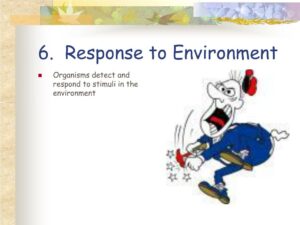Back to: Basic Science Primary 1
Welcome to class!
In today’s class, we’re diving into the realm of non-living things once again – those fascinating objects that fill our world but don’t possess the qualities of living creatures. Get ready to uncover the traits that make non-living things so interesting!
Characteristics of Non-Living Things

Alright, my inquisitive thinkers, today’s adventure is all about discovering the distinct characteristics that define non-living things. Just like each puzzle piece fits together to create a picture, these characteristics help us understand the role of non-living things in our lives. Let’s explore!
Imagine a shiny rock, a bouncy ball, and a bright lamp. These are all non-living things with their own special traits. Let’s learn about the characteristics that set them apart from living creatures:
No Growth: Unlike living things that grow and change, non-living things don’t grow. A chair today will be the same size as the chair tomorrow.
No Cells: While living things are made up of tiny cells, non-living things don’t have cells. Instead, they’re made up of different materials like wood, metal, or plastic.
No Reproduction: Living things have babies or offspring, but non-living things don’t. A book won’t suddenly have more books, and a table won’t have baby tables!
No Need for Energy: Non-living things don’t need energy like living creatures do. A ball won’t feel hungry, and a toy car won’t need to eat to keep moving.
No Response to the Environment:

Unlike living things that can sense and respond to changes, non-living things don’t respond to their surroundings. A chair won’t move on its own, even if you ask nicely!
Interactive Exploration
I want you to become a “Characteristics Detective”! for a second. Find objects around you and think about whether they have the characteristics of non-living things. Do they grow? Do they need to eat? You’re like a detective investigating the nature of things!
As you go about your day, try to notice non-living things around you – at home, in the classroom, or outside. Think about how they show the characteristics we talked about.
Summary
Today, we uncovered the unique characteristics of non-living things – the traits that distinguish them from living creatures. These characteristics help us understand the role they play in our environment.
Evaluation and Questions:
Let’s test your knowledge of non-living things: Can you name three characteristics that define non-living things? Why don’t non-living things need to eat or respond to their environment? Your answers are like keys that unlock the secrets of non-living things!
We have come to the end of this class. I hope you enjoyed the class!
In case you require further assistance or have any questions, feel free to ask in the comment section below, and trust us to respond as soon as possible. Cheers!
